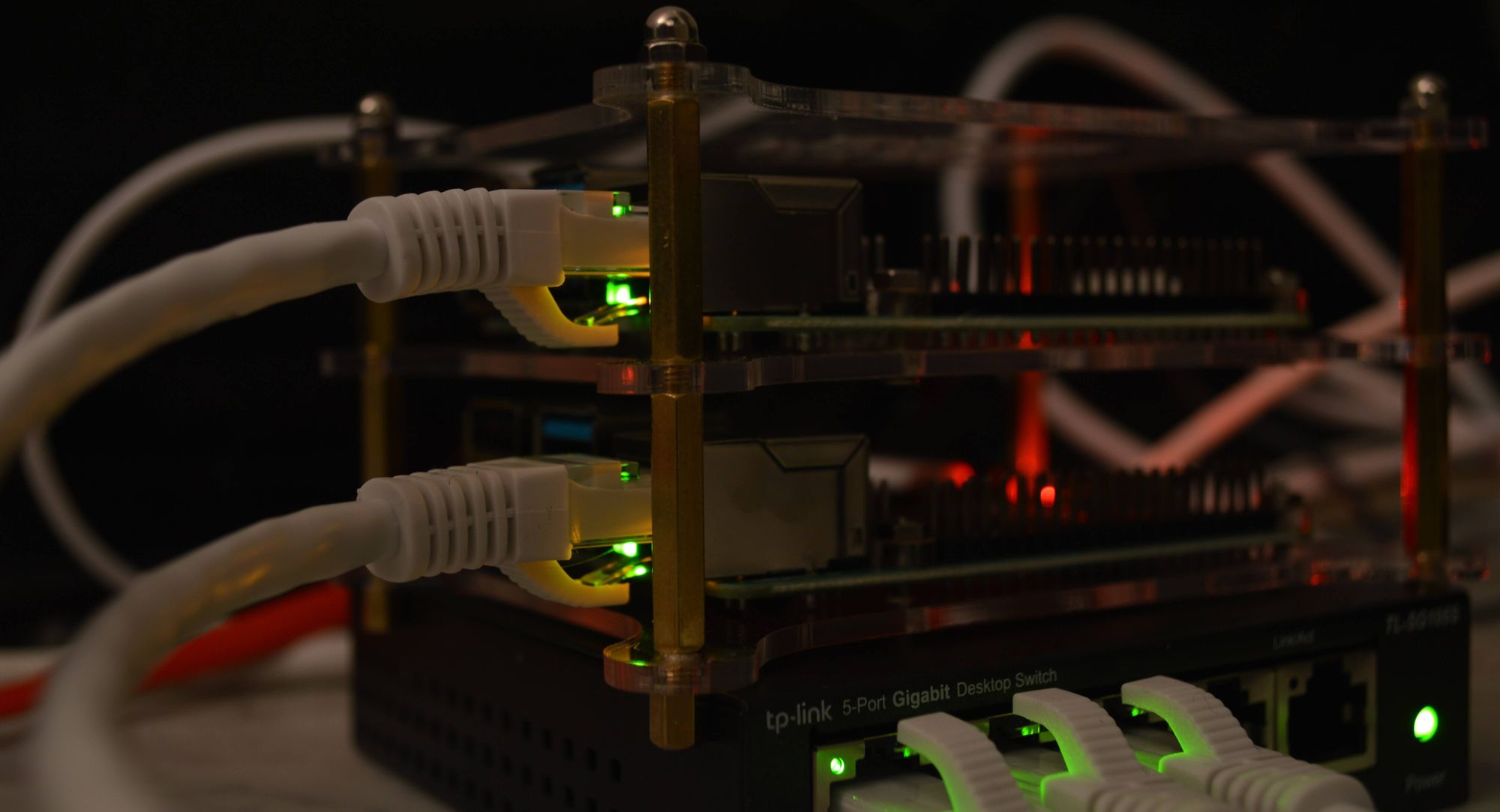
Issue #4 • Modern usability of the web
The Self-Hosting Blog • Issue #4
Happy Monday! Hope you had a good weekend. We've had a very busy week so we've got tons of updates to share with you!
We came across https://grumpy.website/ this week, which has some very entertaining posts around the modern usability of the web.
There was one post that stuck out to me.
Many videogames use “click and hold” gesture instead of just “click” for dangerous/destructive operations. I wonder why it never made it to desktop UIs? Would be a great alternative to annoying “Are you sure” dialogs.
https://grumpy.website/post/0V0iwbQ31
We're now Portainer community leaders!

Good news! We're now Portainer community leaders, we're super excited to be a part of the community and we can't wait to show you all the latest features from Portainer as well as how to utilise the current toolset to the fullest extent.
Portainer is an open source tool for managing container-based software applications in Kubernetes, Docker, Docker Swarm, Azure ACI and edge environments.
Our setup guide for self-hosting Standard Notes has now been updated. You can read through our new guide below. 👇👇👇

We've also joined Mastodon, the decentralised social media.
Find us here 👉 @[email protected]
Anyway, hope you have an awesome week, feel free to get in touch with us, even if you just want to chat!
Thanks!

Setting up a Kubernetes cluster (K3s) using Raspberry Pi's and Portainer
The way we build software is changing. Instead of following a rigid specification we now build applications in a much more agile way which means we need to apply this mindset into our infrastructure and deployment process. Because of this almost all of the applications I build are containerised and sometimes split into modular parts. I work on most of my projects on my own which means having the ability to throw applications onto a server quickly with minimal set up is a huge plus for me.
Hosting these containers is easily achieved on a single server instance as there isn't a large amount of configuration involved; you just install Docker, hook up Nginx to the containers with a reverse proxy and you're done. The problem with this though is that you're somewhat restricted in how easily you can manage these containers. For example, you may want to scale up based on demand or add more server resources quickly. If only there was a way to have your containers spread across multiple server instances...
Top posts from our favourite bloggers
- Pirate Weather - Dark Sky API Alternative
- Cactus Comments - Decentralized comments section
- Alex Ellis - Self-hosting Kuberentes on your Raspberry Pi
Our popular posts this week!




If you were forwarded this newsletter and you like it, you can subscribe here.
